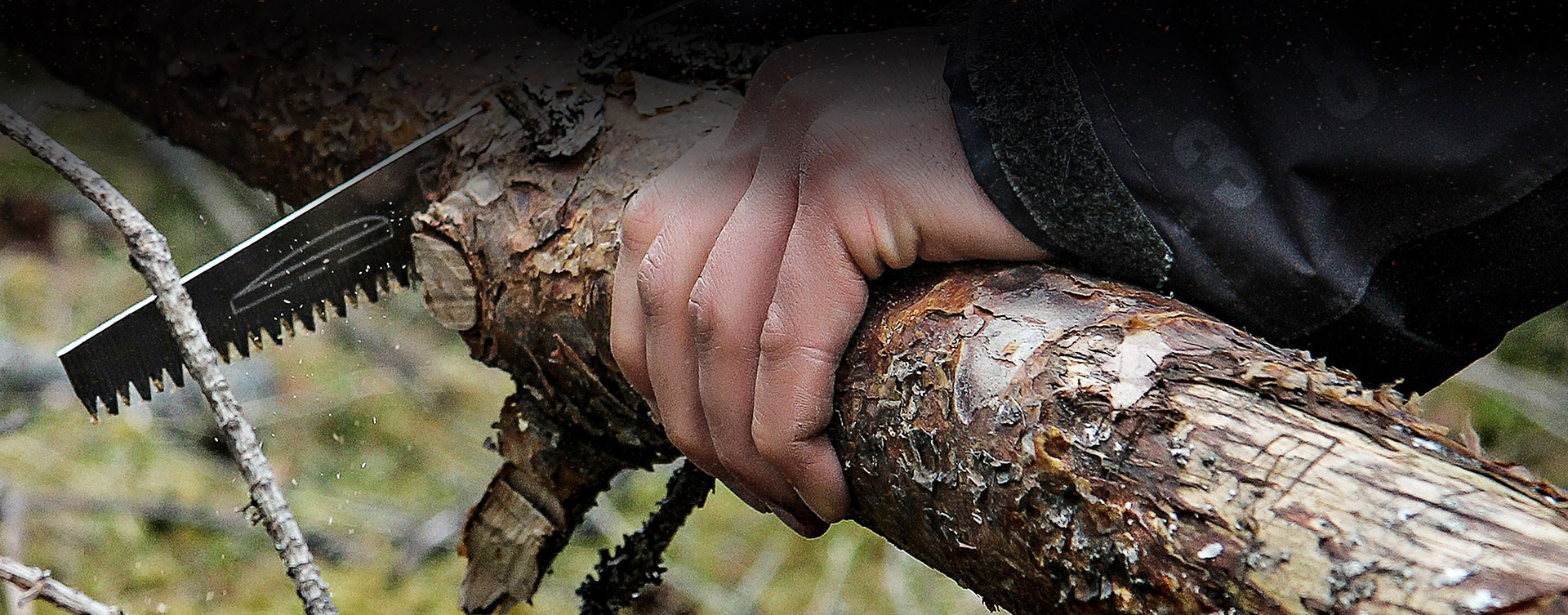
It’s a well known fact, Salicylic acid can be found in Willow bark, and as you may know Salicylic acid is close to the compound acetylsalicylic acid that is better known as Asprin. But can you extract the active compound out in the field without a complex setup/laboratory conditions?
 The family Salix contains some 4-500 species within it; Weeping, pussy, green, crack, grey etc. The Latin “Salix” is where we get the word “salicylic” acid from. Before you go rushing out into your garden/wilderness please be aware that sound identification of the species is essential…..Willows can be notoriously hard to identify as they appear in many shapes and forms and are prone to hybridism, and you don’t want to identify the wrong tree and end up poisoning yourself.
The family Salix contains some 4-500 species within it; Weeping, pussy, green, crack, grey etc. The Latin “Salix” is where we get the word “salicylic” acid from. Before you go rushing out into your garden/wilderness please be aware that sound identification of the species is essential…..Willows can be notoriously hard to identify as they appear in many shapes and forms and are prone to hybridism, and you don’t want to identify the wrong tree and end up poisoning yourself.
The opposite picture is a goat willow, which are common up in the highlands of Scotland. The bark has diamond shaped markings on the bark and is a slight hue of blue to brown. The leaves of a goat willow are easily identifiable if you know what you’re looking for; the goat willow has oval leaves (as opposed to the long leafs of other willows) and have a “waxy” texture……again be 110% sure of the species of tree before committing to the following process.
To go back to the original question; Can you extract the acetylsalicylic (asprin) straight out of the willow using primitive techniques? – The short answer is no! Acetylsalicylic is a synthesized form of the simpler compound called Salicin.
Can you harvest Salicin from a willow? – Yes absolutely, although it is not as refined or effective as the acetylsalicylic acid. It should however be noted that when metabolised, Salicin is converted to Salicyclic acid.
Safety
Benefits attributed to Salicin include; Analgesic (painkilling) Anti-Inflammatory (reduces swelling) Joint pain and bloating.
Dangers of ingesting Salicin; Some people may be allergic to Salacin and may develop anaphylaxis, stomach upsets or haemorrhaging. It’s worth mentioning this, as there are potential dangers to consider when using new chemicals.
It’s also worth mentioning that the LD50 in a mouse (the maximum Lethal Dosage that would kill 50% of mice in tests) is >500mg per kg of body weight link here . This could mean that a lethal dosage to a 80kg man would be 40g, which is an exceptionally high dose.
Having said all this, willow bark has been used medicinally for at least 2000 years.
The process
Identification
 As stated above, make sure you have correctly I.D’d Willow for starters. The active part of the willow that contains the highest level of Salacin is the inner bark, that is the white fleshy part between the outer bark and the inner wood. There’s a few blogs out there that show folk going straight into the trunk of the tree to harvest this inner bark, however this leaves an ugly mark on the trunk, and can also lead to the whole tree becoming infected.
As stated above, make sure you have correctly I.D’d Willow for starters. The active part of the willow that contains the highest level of Salacin is the inner bark, that is the white fleshy part between the outer bark and the inner wood. There’s a few blogs out there that show folk going straight into the trunk of the tree to harvest this inner bark, however this leaves an ugly mark on the trunk, and can also lead to the whole tree becoming infected.
When doing this procedure I like to look straight branches, around the thickness of two thumbs, that can easily be sawn off, leaving the main body of the tree untouched. Please remember the countryside code and when not on your own land, seek permission and/or be as careful to leave no trace as possible.
Cutting
As you can see in this picture a saw has been used to cut the required branch from the tree. One of the great quality’s of Willow, alongside trees such as Oak, Lime and hazel is there ability to “coppice”, this is when the tree loses a branch or limb, it will quickly send forth new growths from the damaged site, replenishing the missing limb and encouraging further growth.
When cutting a branch/limb of a tree, always do your best to cut at 45 degrees, this will allow the tree to heal quicker, and will stop rain water and/or disease from settling on a flat surface and festering.
Sizing
As stated above the LD50 of Salicin is remarkably high, especially when harvested from source, however, I’ve always cut my lengths to approximately 30cm’s, which has proven safe for everyone (thus far). The actual dosing of Salicin harvested in this way is sketchy as there are no resources out there that accurately show dosages. If you are sensitive to certain substances err on the side of safety and half this to begin with
Harvesting the Inner Bark
Score down the length of the branch with a knife, be certain that the cutting edge of the knife makes contact with the wood under the bark remember; It’s the inner bark that you are trying to harvest.
Once the length has been scored peel the outer and inner bark off the wood, a good sign that you’ve got both off is to feel the wood underneath the bark, it should feel smooth and slippery to the touch. Keep teasing the bark layer all the way round in an attempt to peel off in one piece.
Once you’ve go the peeling started it should come off without too much trouble.
Separating inner and outer bark
This is the tricky part, time should be taken to take separate the outer from the inner bark. Start by getting a finger nail between the two and gently peel them apart.
The main purpose of this is to offer more surface area to the hot water when you go onto extract the Salacin from the bark, making the process a lot shorter than it otherwise would be with the bark left on.
The picture to the left shows the inner bark processed and ready for the next step.
Preparing for the boil
Cut the prepared inner bark into small strips, again this will help speed the process of extracting Salacin from the bark in the long run. Drop the inner bark into a pot, and cover with approximately 1 Cup of water (10 fluid ounces/half pint).
Boiling
Fashion yourself a pot hanger and adjust so the flames are licking the bottom of the pot. Bring your water to the boil and then let simmer for 30-40 mins, it’s handy if you have a number of “settings” on your hanger to make sure you’re not overheating the mix.
The sign that your Salacin is ready is the water will take on a very light brown to pink colour to it, let it cool down and drink as and when you need to!
























 Message an Instructor now
Message an Instructor now